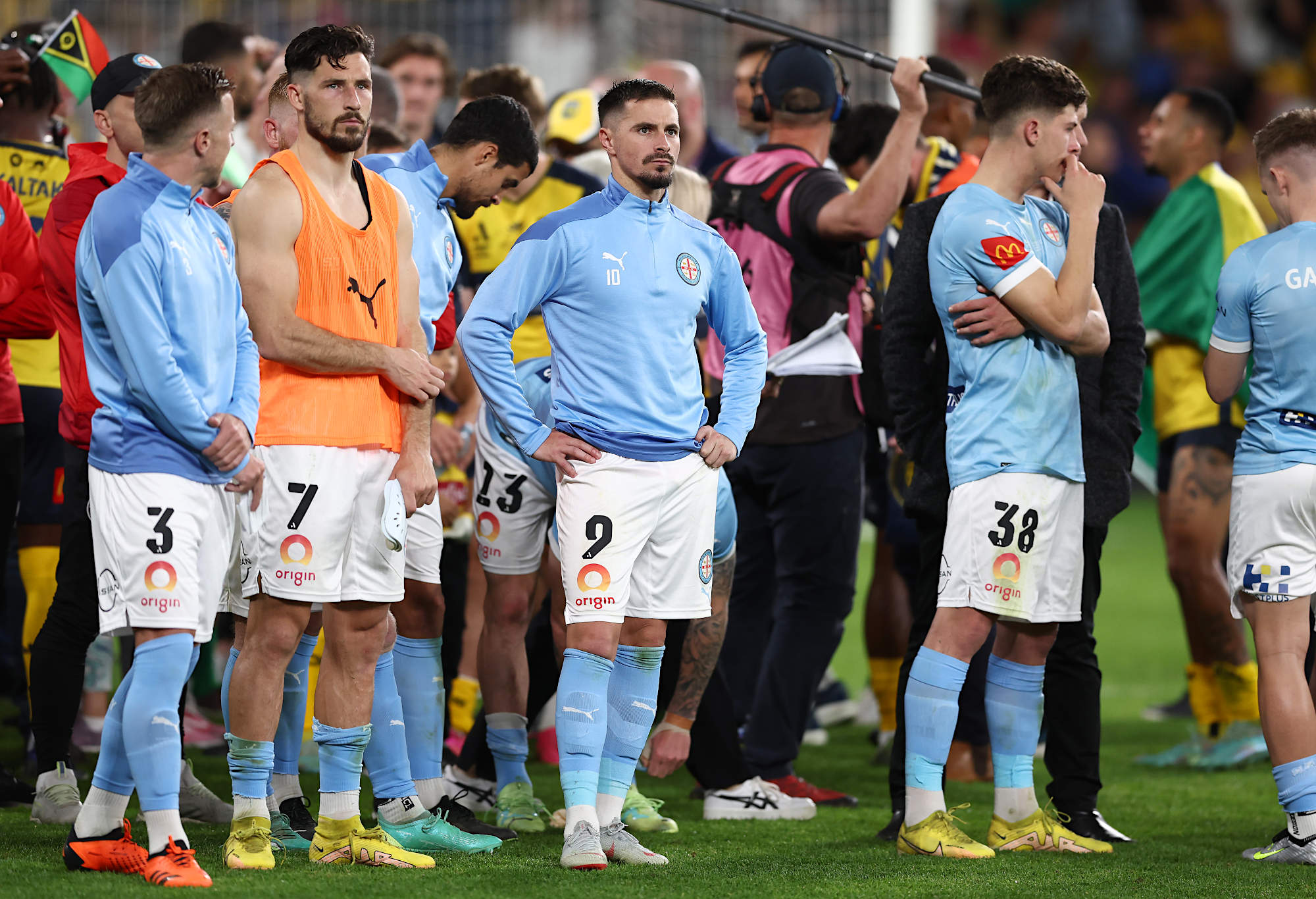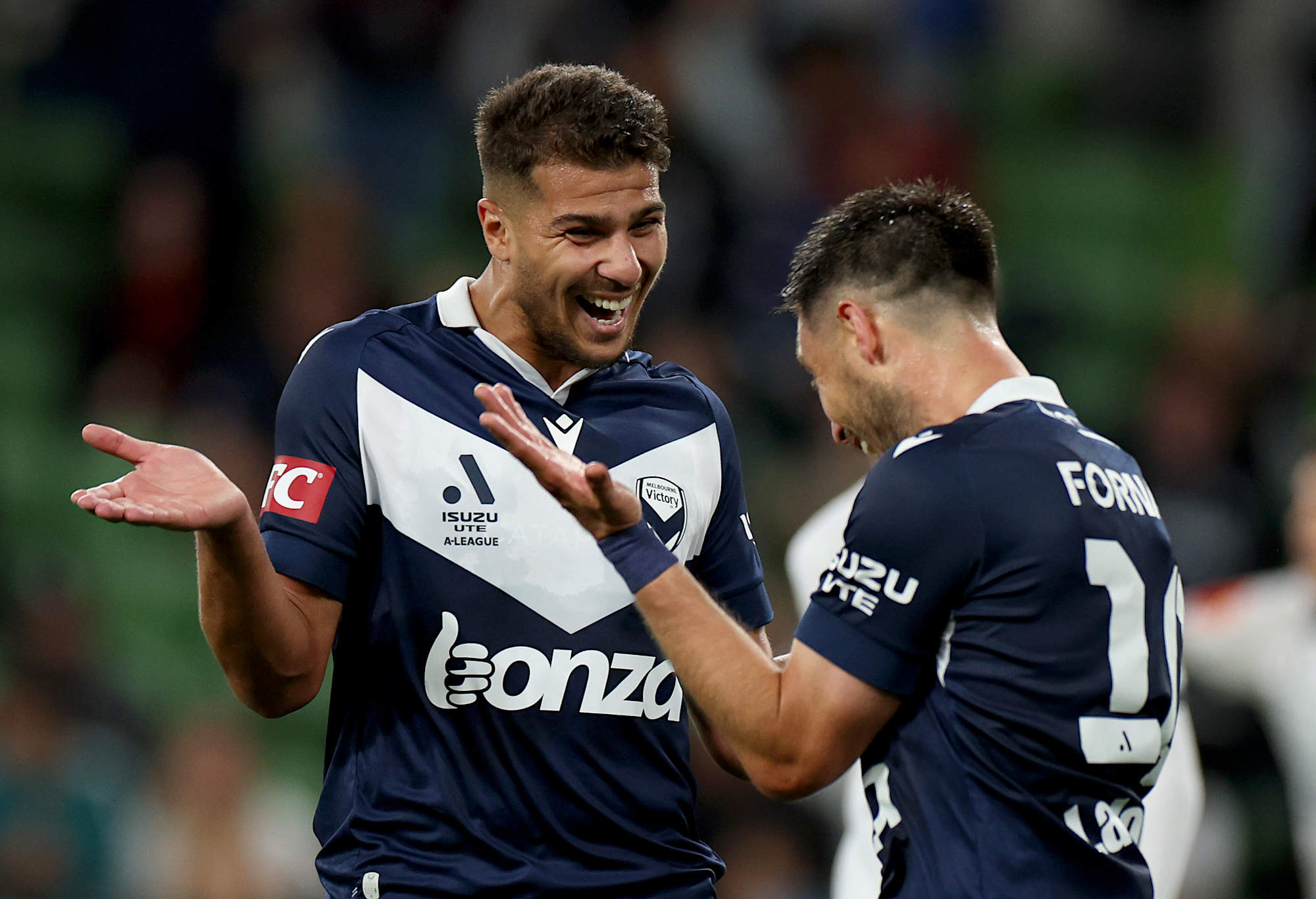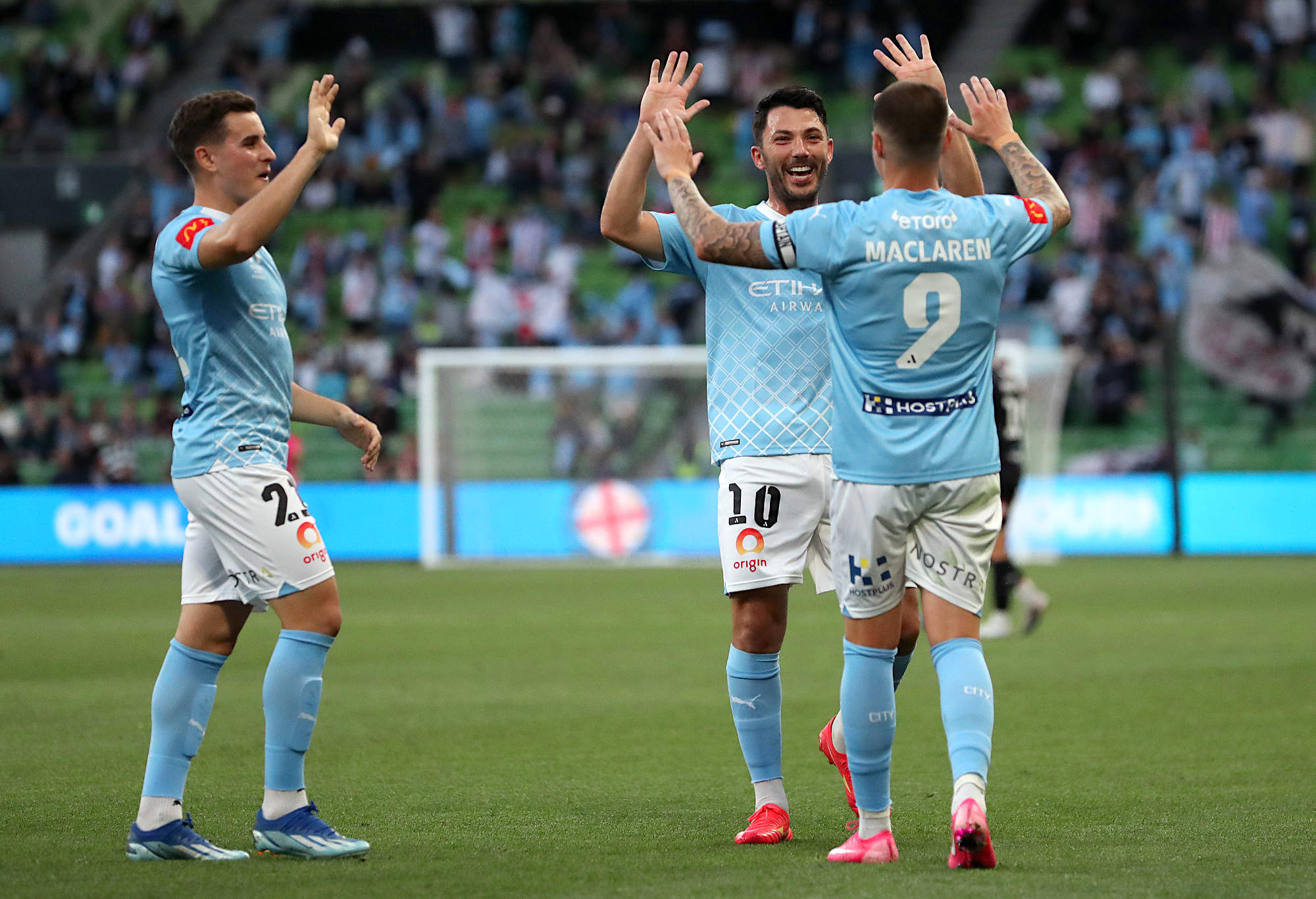Everything’s coming up Western United.
After a gruelling six years of setbacks and lethargic progress (no thanks in large to that damnable virus), Western Melbourne Group (WMG) finally (finally!) secured the penultimate funding required for their $2 billion commercial, residential and sporting masterplan. This includes a boutique 15,000 capacity stadium for Western United FC, providing a lasting home in greater West Melbourne for the long-nomadic A-Leagues franchise.
However, as Western United sets the ball rolling on their glorious future (barring a catastrophe), our collective heads should swiftly turn toward another Melbourne-based club: Melbourne City.
Whereby Western United have had its failings and missed deadlines, Western maintained a clear vision. Brandishing a steel grip, the club straddled onward the rocky, doubtful road towards their field of dreams: owning and managing their very own stadium, representing West Melbourne and broader West Victorian corridors of Geelong and Ballarat.

Western United lift the A-League Men trophy. (Photo by Dave Hewison/Speed Media/Icon Sportswire via Getty Images)
Meanwhile, docked centrally alongside the Yarra, Melbourne Victory have finally steadied the ship after a lean era of mixed success. They’ve consolidated AAMI Park as their permanent home, and with league-leading crowds and memberships, it’s near unfathomable they’ll be knocked off the perch as Melbourne’s dominant club.
Melbourne City, conversely, have seemingly stayed afoot, hitching themselves onto a post of complacency.
What’s their endgame, and their plan to reach it?
The official answer would of course be a jargon-laden response with the tired clichés: to be the biggest and best supported club in Melbourne.
Yes, City have tried.
They’ve tried signing big-name marquees (Tim Cahill, Aaron Mooy, David Villa to name a handful). They boast the A-League Men’s greatest ever goal scorer in Jamie Maclaren. They’ve had unmatched success in recent years (winning premierships, a championship, and competing in Asia). And much like the men’s, the women’s team is the envy of the Liberty A-League, unquestionably one of the more resourced and successful in recent years.
Yet every strategy appears to have – well – ‘failed’ is a strong word, for they are remarkably consistent. They lay claim to a fiercely steady attendance of 6,000-8,000 fans per match for the past decade (derbies excluded).
Representing a fast-growing city of over 5 million residents though, this is hardly a pass mark. Especially considering crowd growth has not parallelled Melbourne’s rapid population growth.
A more fruitful word to describe City’s predicament would be… ‘Maintained’. Each strategy seems to merely maintain the status quo of keeping their head above water, without actually swimming anywhere.

Melbourne City players after being belted 6-1 by the Central Coast Mariners in 2023’s A-League Men’s Grand Final. (Photo by Matt King/Getty Images)
It seems they’ve hit their ceiling, and a long time ago at that.
On-field strategies have regrettably had little cut-through. Thus, a new off-field blueprint is vital for the club to take that coveted next step beyond being “not Victory”.
So, how would this off-field blueprint look?
The most poignant and obvious strategy would be a gradual move to Casey-Dandenong, giving themselves a clear geographical divide and representing the richly diverse and densely populated (over 1.5 million dwellers) southeast Melbourne suburbs.
This makes sense for a raft of obvious reasons.
Primarily, Melbourne City are already based in southeast Melbourne, having recently made the permanent switch with a newly minted training base and admin headquarters at Casey Fields, aptly named the City Football Academy.
This includes a soon-to-be completed permanent home of Melbourne City women’s side, a dedicated football pitch (a mini-stadium of sorts, touted as 4,000-capacity).
The club have even merged with former A-League expansion hopefuls Team 11, having rebranded to Team City and showcasing the latest news and developments out of Casey Fields.
But perhaps the most deafening reason for a permanent switch involves the possibility of a boutique rectangular stadium in Dandenong.
The Dandenong Sports and Events Centre (DSEC) is a proposed multipurpose 15,000-capacity stadium (ultimately catering for 19,500 fans), already fixed for vacant land (owned by the council) next to Dandenong railway station. A business case and feasibility review for the centre was completed in 2022 by Deloitte, revealing the cost to be AUD $237 million.
The DSEC currently sits in a ‘holding period’ of sorts, requiring resources and detailed planning with key stakeholders to progress. Yet as of October 2023, the stadium push continues by sports and civic leaders, and as revealed by the Herald Sun, sources believe Melbourne City would be a perfect fit as tenant club, who could fund the stadium with state and federal governments.

Melbourne Victory’s Zinedine Machach celebrates a goal with Bruno Fornaroli. (Photo by Jonathan DiMaggio/Getty Images)
Melbourne City CEO Brad Rowse has previously watered down the possibility of an immediate move into the proposed stadium without undertaking due research, however the stars seem to be aligning. A public-private joint-partnership which splits stadium funding three ways (City Football Group, State, Federal) seems a natural solution; AUD $79 million (one-third of AUD $237 million) would be mere pocket change for the City Football Group (CFG), recently valued by Forbes at GBP £4.7 billion (AUD $8.92 billion).
If costs were a concern, the club and relevant levels of government involved could consider multiple options: simply, the stadium could decrease to 10,000 seats (presumably lowering costs by a third, still a perfect fit for Melbourne City); alternatively, the DSEC could follow in WMG’s footsteps and incorporate a commercial and residential masterplan, a fully-fledged investment opportunity for future recuperation by all parties involved.
To sweeten the paws of government funding, the DSEC could also add affordable housing as part of the project, like the recently announced stadium in Tasmania.
The opportunities for an innovative off-field strategy here are vast. A Melbourne football landscape split by three geographical lines (west, central, southeast) is the missing piece of the puzzle.
Were a move down south to eventuate, a rebrand-of-sorts would not feel amiss either.
A badge or name tweak to reflect a move southeast would give Casey-Dandenong locals an opportunity to feel valued and represented, not a mere metric figure for a global franchise to exploit.
Perhaps a unique shade of brown kneaded with the current city blue would be distinct, and (or) even a name change: “Southeast Melbourne City” (or ‘SEM City’ for short)?
The “City” brand is globally recognisable and immediately exudes success, but its unwillingness to adapt to local contexts could very well be its undoing. To remain staunchly unwavering of their global brand to accommodate a localised frame of reference (in this case, the multiculturalism of southeast Melbourne) would be a missed opportunity.

Jamie Maclaren celebrates with Melbourne City team mates as they rout Brisbane 8-1. (Photo by Kelly Defina/Getty Images)
Try as they might, it will be nigh-impossible for CFG (and in association, Melbourne City) to remove the (often controversial) tag of being an Abu Dhabi-owned “oil club” ruled by billionaire Sheikh Mansour bin Zayed Al Nahyan, member of UAE’s ruling family. But a soft rebrand which gives voice to the local community could be enough to command respect and perhaps, a direction; an identity.
However, should the CFG outright refuse to remove City from central Melbourne (and the cavernous AAMI Park) or compromise on an inclusive badge, then another blueprint to remain relevant in Melbourne’s crowded football and sports market is desperately required.
This urgency is even more pressing when one considers other recently stagnant A-Leagues clubs have begun to considerably improve their off-field stocks.
Brisbane Roar – a mere footnote of the league for half a decade – are now turning heads with respectable 10,000-capacity crowds since their widely lauded return to Suncorp (a far cry from the paltry 4,000 rocking up north in Redcliffe).
Central Coast, a city less than 10 percent the population of Melbourne, amassed a very cool 15,000 for their annual New Years Eve fixture.
Even the Macarthur Bulls have seemingly overnight doubled their crowd figures above 4,000, even creeping towards City’s derbies excluded average.
The rest of the league bar the ownerless clubs are finally starting to claw their way out of the abyss, whilst City is languishing behind.
And without a plan, that’s where they’ll remain.
































































































